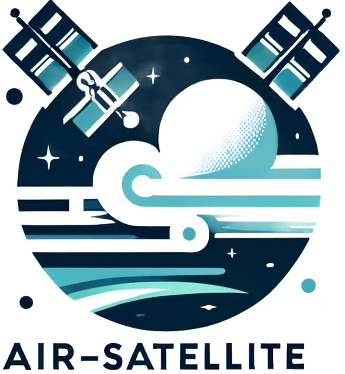Direct Offering Management System (Doms) IPO: A Comprehensive Guide
The process of taking a private company public through an Initial Public Offering (IPO) is a major milestone for any organization. It provides an opportunity for the company to raise capital, increase its visibility, and create liquidity for its shareholders. In recent years, a new method of going public has gained popularity among companies looking to avoid some of the drawbacks associated with traditional IPOs. This method is known as a Direct Offering Management System (Doms) IPO.
What is a Doms IPO?
A Doms IPO is a type of public offering in which a company lists its shares directly on a stock exchange without the involvement of intermediaries such as investment banks or underwriters. This means that the company sells its shares directly to the public, allowing for greater control over the pricing and allocation of shares.
Benefits of Doms IPO
- Cost Savings: By bypassing investment banks and underwriters, companies can save on hefty fees associated with traditional IPOs.
- Control: Companies have more control over the offering process, including pricing and allocation of shares.
- Efficiency: Doms IPOs tend to be faster and more streamlined compared to traditional IPOs, allowing companies to go public more quickly.
Challenges of Doms IPO
- Market Uncertainty: Without the support of underwriters, companies may face greater market volatility and uncertainty.
- Limited Guidance: Companies may lack the expertise and guidance provided by investment banks during the IPO process.
- Investor Reach: Doms IPOs may have limited reach compared to traditional IPOs, which are often marketed extensively by underwriters.
How Does a Doms IPO Work?
In a Doms IPO, the company typically files a registration statement with the Securities and Exchange Commission (SEC) detailing its plan to go public. Once the registration is approved, the company can list its shares directly on a stock exchange. The company then sets the price of the shares based on its own valuation and allocates them to investors.
Key Considerations for Companies Considering a Doms IPO
- Preparedness: Companies considering a Doms IPO should ensure they have the necessary resources and expertise to navigate the process successfully.
- Market Conditions: Companies should assess market conditions and investor appetite before proceeding with a Doms IPO.
- Regulatory Compliance: Companies must ensure compliance with SEC regulations and requirements throughout the IPO process.
- Investor Relations: Building strong investor relations is crucial for the success of a Doms IPO.
Frequently Asked Questions (FAQs)
- What are the main differences between a Doms IPO and a traditional IPO?
-
In a Doms IPO, companies list their shares directly on a stock exchange without the involvement of intermediaries like investment banks, while traditional IPOs involve underwriters who help price and sell the shares.
-
Are Doms IPOs suitable for all companies?
-
Doms IPOs are typically more suitable for established companies with strong brand recognition and a stable financial track record.
-
What are the potential risks of a Doms IPO?
-
Risks of a Doms IPO include market volatility, limited investor reach, and lack of underwriter support.
-
How can companies prepare for a Doms IPO?
-
Companies can prepare for a Doms IPO by conducting thorough due diligence, assembling a strong team, and building investor relations.
-
Can companies raise as much capital in a Doms IPO as in a traditional IPO?
- While Doms IPOs may offer cost savings, companies may not be able to raise as much capital as in a traditional IPO due to limited investor reach.
In conclusion, a Doms IPO offers companies an alternative way to go public with greater control over the process and potential cost savings. However, companies considering a Doms IPO should carefully weigh the benefits and challenges to determine if it is the right path for their organization.


